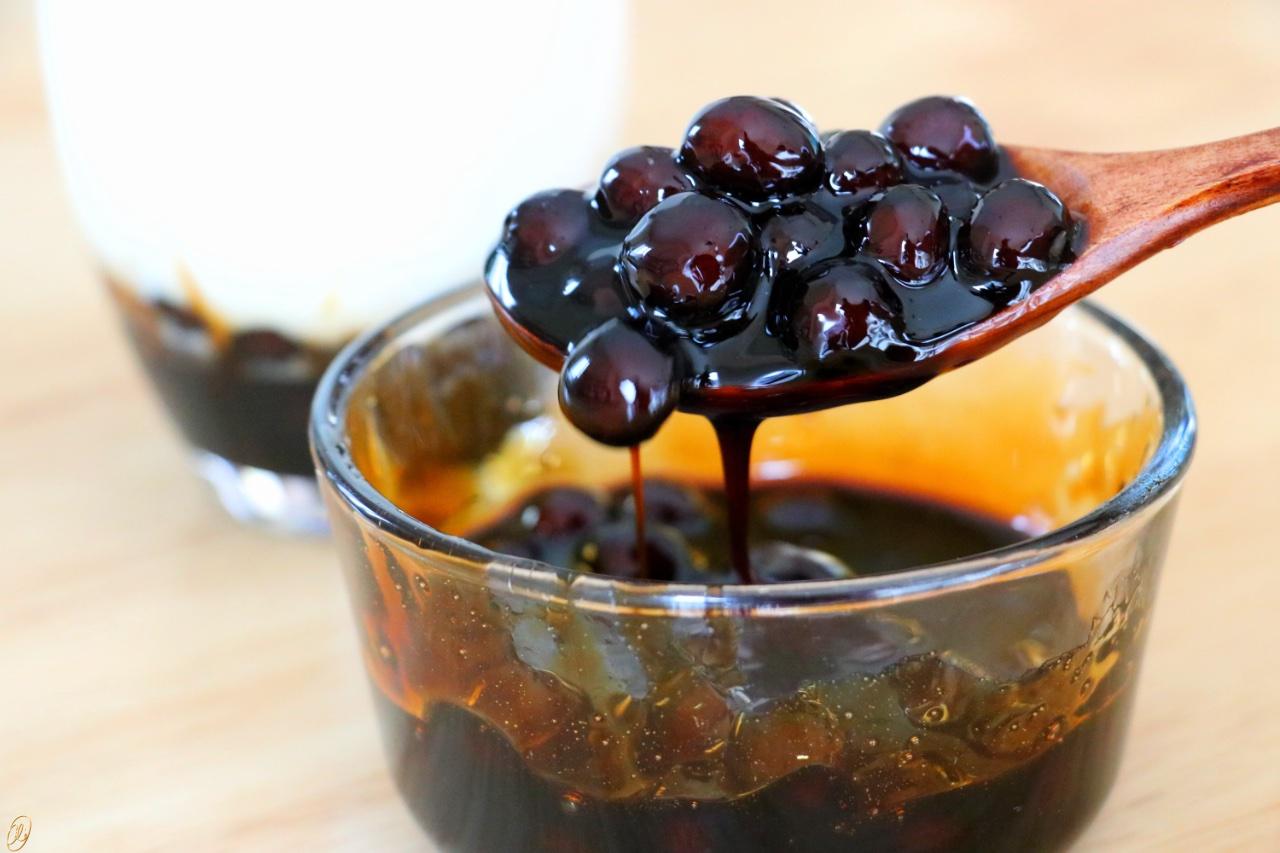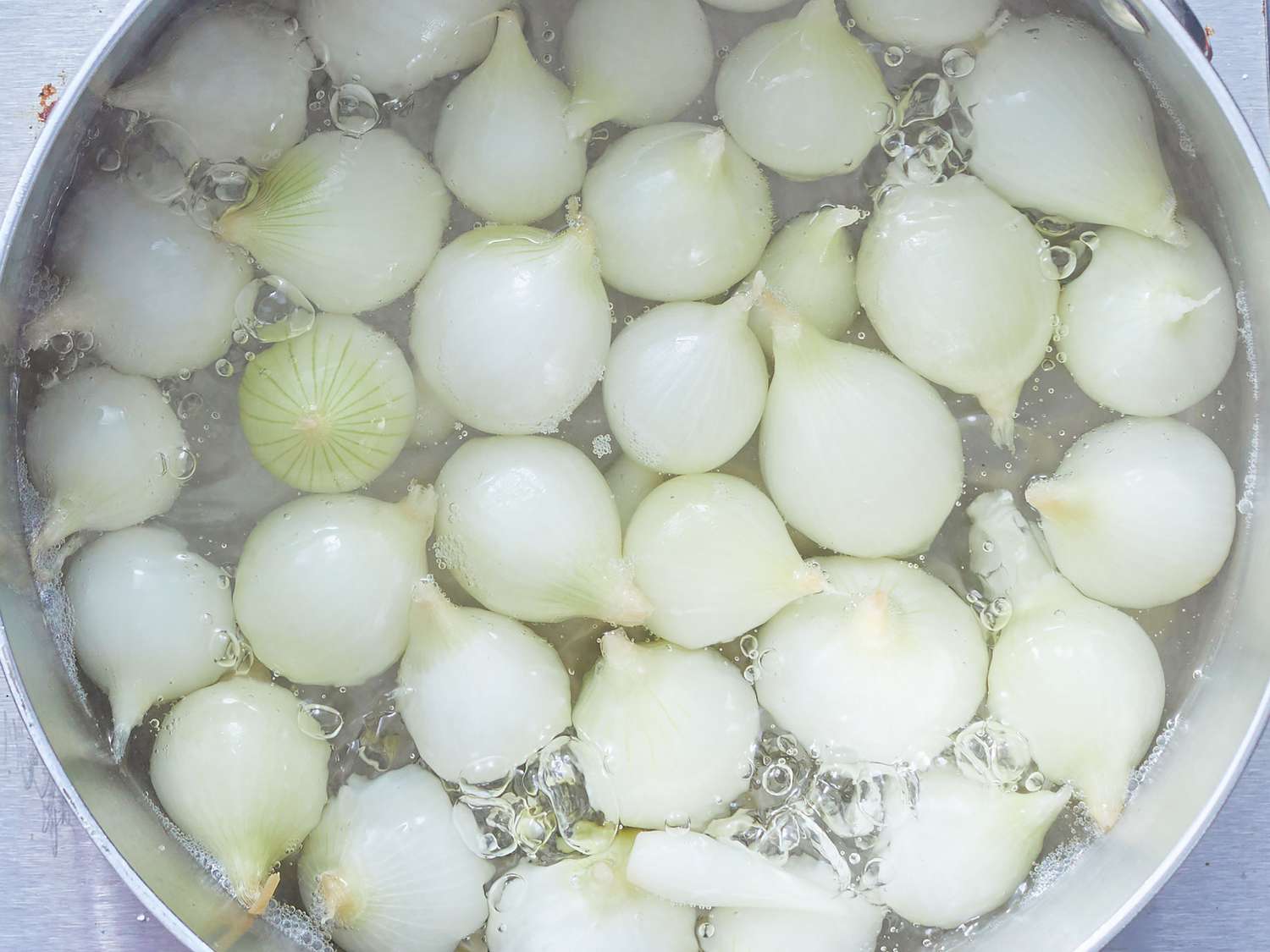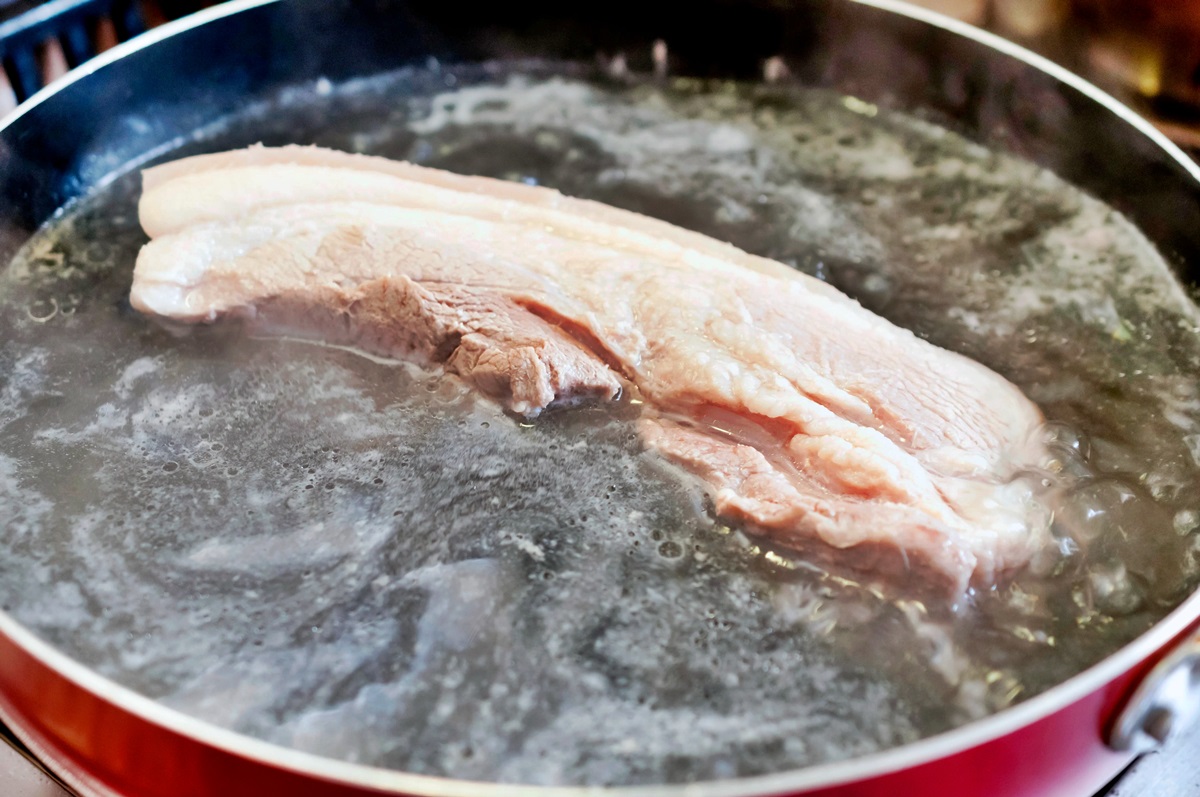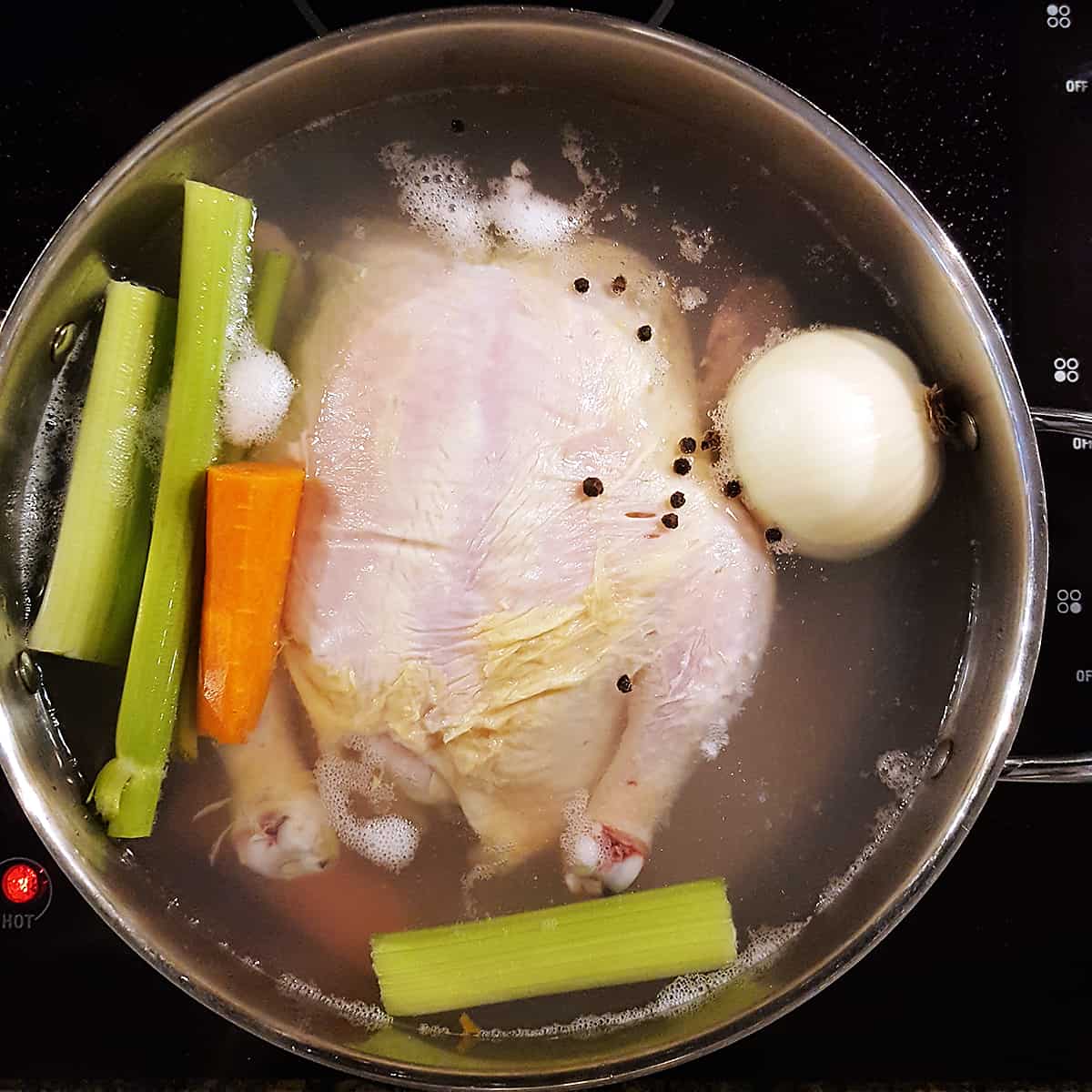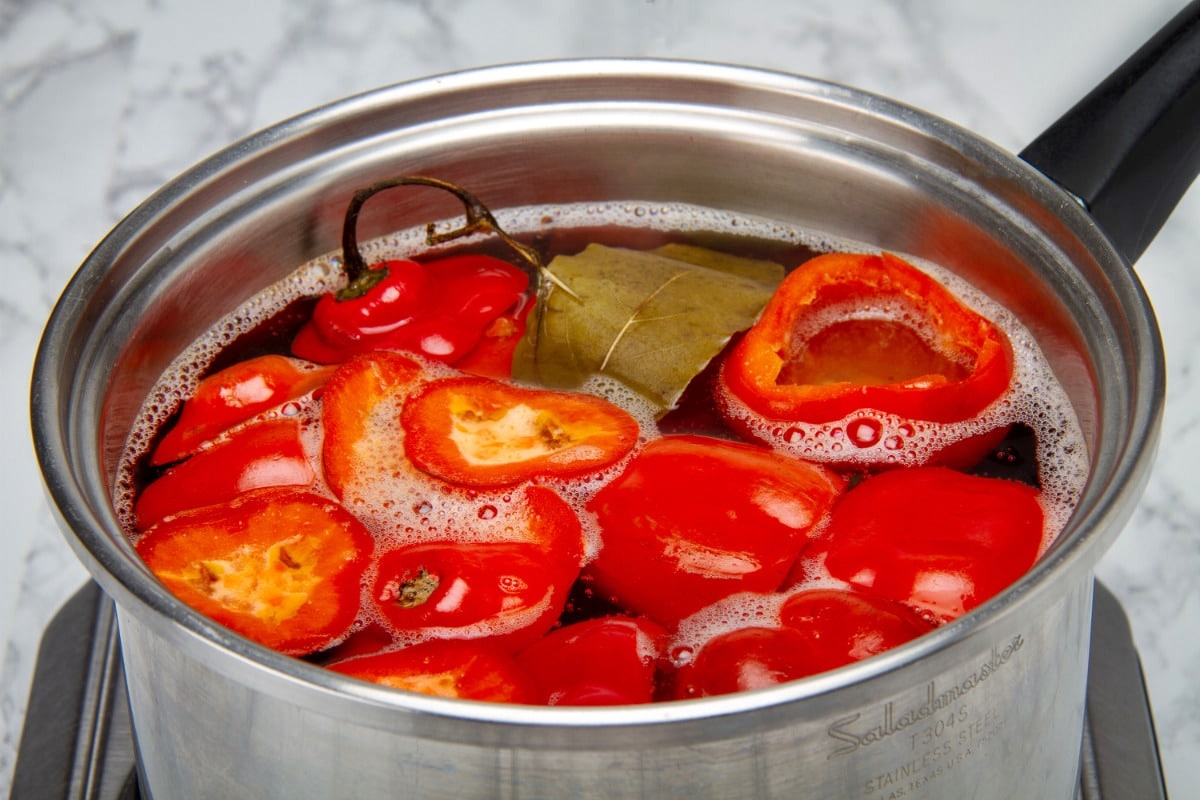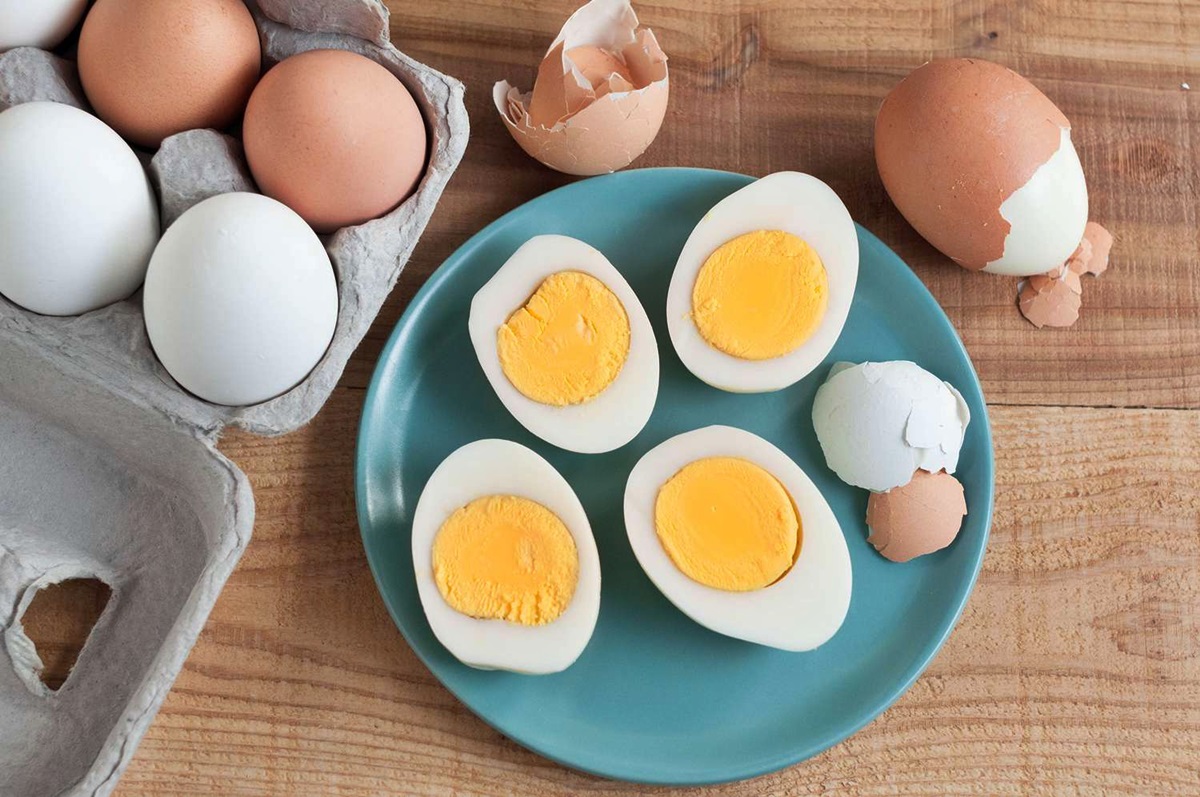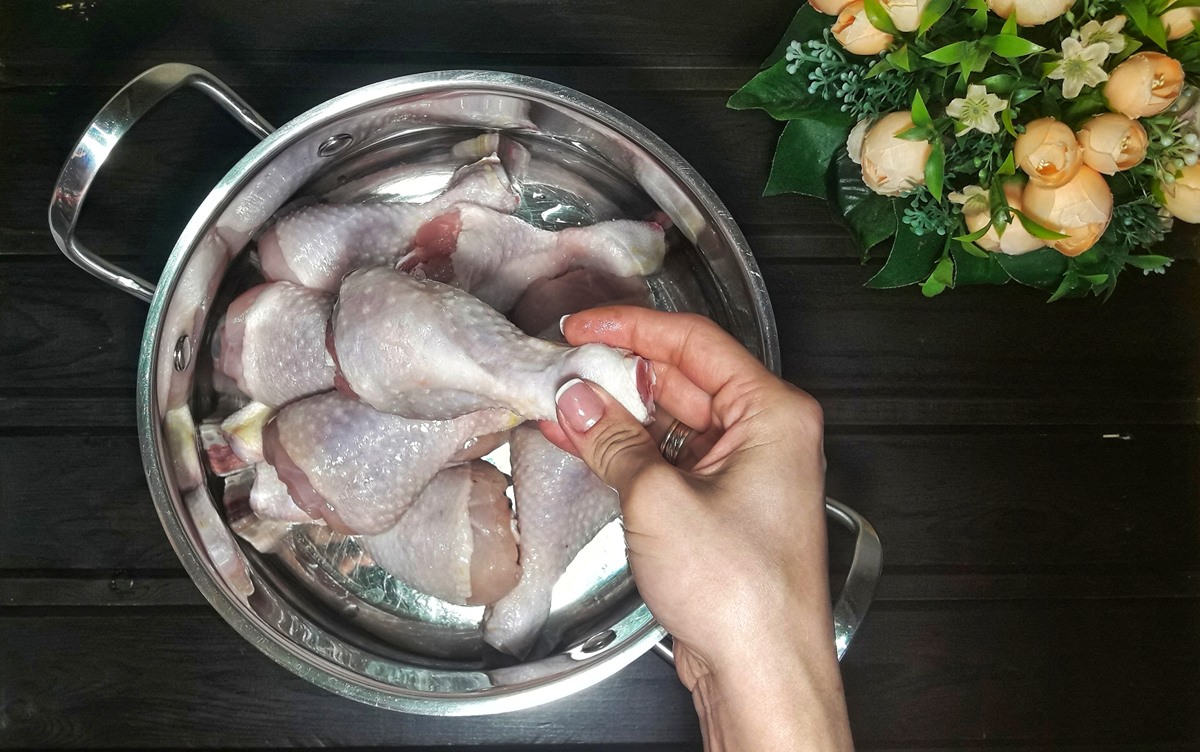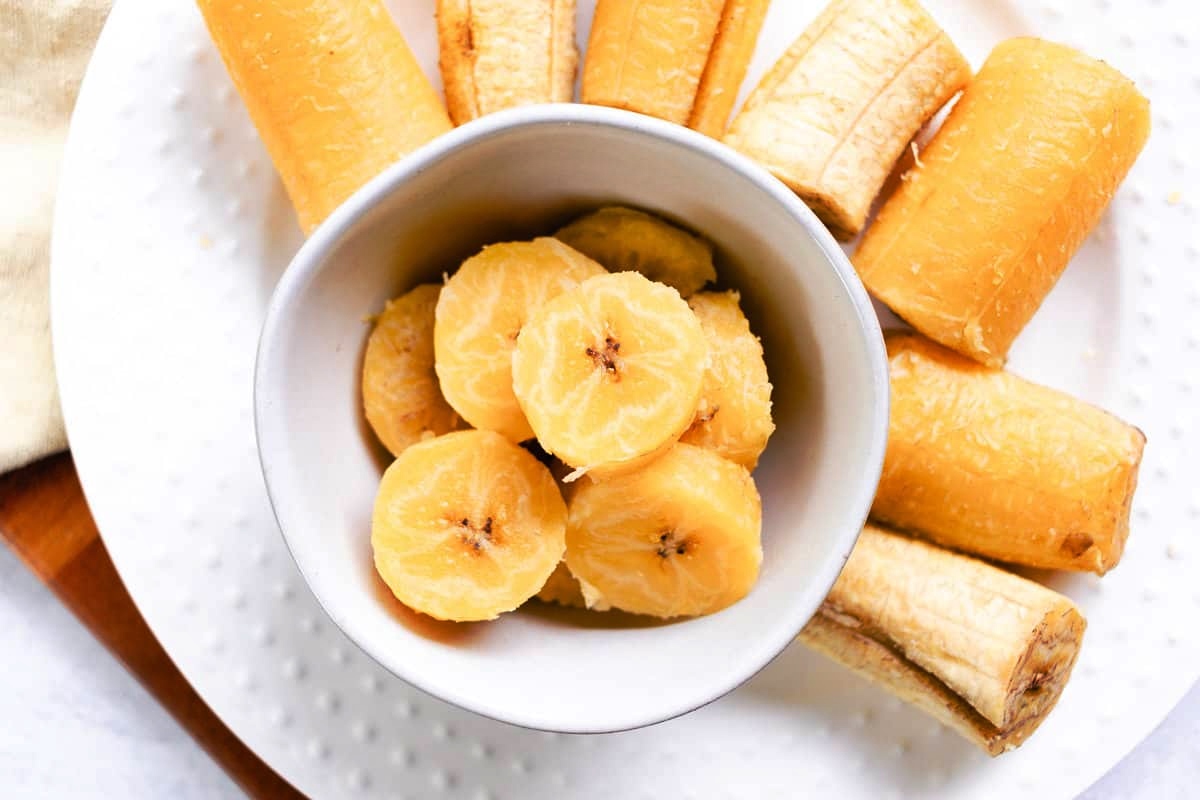How To Boil Eggs For Easy Shell Removal
Boiling eggs seems like a simple task, but getting the shell off easily without any mess can sometimes be a challenge. Whether you’re preparing eggs for a delicious salad, sandwich, or snack, mastering the art of boiling eggs for easy shell removal is essential. With a few tips and tricks, you’ll be able to enjoy perfectly boiled eggs with shells that practically slide off. So, let’s dive in and uncover the secrets to achieving egg-celent results!
1. Start with Fresh Eggs
The key to easy shell removal starts with using fresh eggs. As eggs age, the pH level in the egg white changes, making it easier for the shell to stick. So, when shopping for eggs, look for ones with a later expiration date to ensure freshness.
2. Gently Place Eggs in a Pot
Before boiling your eggs, make sure to handle them gently to prevent cracks. Place the eggs in a single layer at the bottom of a pot, ensuring that they have enough space to move around. Using a larger pot with a medium heat setting helps prevent the eggs from bumping into each other during the boiling process.
3. Cover Eggs with Water
Next, cover the eggs with cold water, ensuring that there’s about an inch of water above them. This provides enough water for even cooking and prevents the eggs from cracking due to uneven heat distribution. Adding a pinch of salt to the water can also help make the eggs easier to peel later on.
4. Bring the Water to a Boil
Place the pot on the stove and turn the heat to high. Allow the water to come to a rolling boil. Once the water is boiling, reduce the heat to medium-low and set a timer for your desired egg doneness. For soft-boiled eggs, boil for around 4-6 minutes; for medium-boiled, boil for 8-10 minutes; and for hard-boiled, boil for 10-12 minutes.
5. Prepare an Ice Bath
While the eggs are boiling, prepare a large bowl filled with ice and cold water. This ice bath will stop the cooking process and cool down the eggs, making them easier to handle and peel.
6. Transfer Eggs to the Ice Bath
Once the timer goes off, carefully drain the hot water from the pot and transfer the eggs to the ice bath with a slotted spoon. Let them sit in the ice bath for at least 5 minutes. The rapid cooling causes the egg whites to contract slightly from the shell, facilitating easy peeling.
7. Gently Tap and Roll
Now comes the fun part – peeling! Gently tap each egg on a hard surface to crack the shell, then roll it between your palms to loosen the shell further. This technique helps create small air pockets that make it easier for the shell to separate from the egg.
8. Start Peeling
Begin peeling from the wider end of the egg, where the air pocket is usually located. Slowly peel away the shell, being careful not to remove chunks of egg white with it. If you encounter any stubborn areas, gently run the egg under cold water to help release the shell.
9. Rinse and Store
Once all your eggs are peeled, rinse them under cold water to remove any residual shell pieces. Pat them dry with a paper towel, and they’re ready to be used or stored in the refrigerator.
By following these steps, you’ll become an expert at boiling eggs for easy shell removal. Remember, practice makes perfect, so don’t be discouraged if your first attempt doesn’t yield flawless results. With time, you’ll master the art and enjoy effortless peeling every time you boil eggs. So, get cracking and savor your delicious creations!
Was this page helpful?
Read Next: How To Boil A Dozen Eggs For Easter
